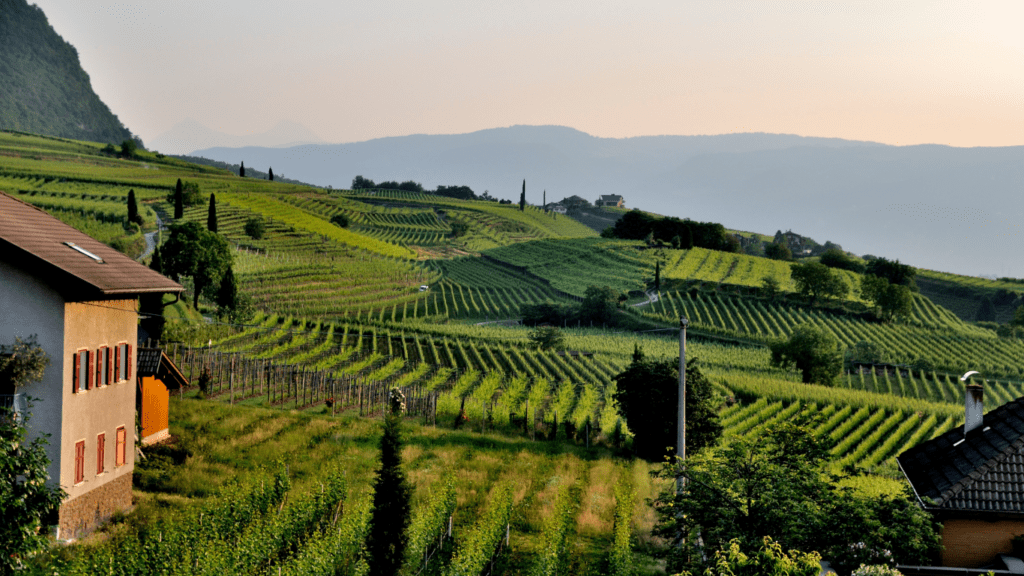Understanding Agroforestry
Agroforestry combines agriculture and forestry, integrating trees and shrubs into farming systems. This practice promotes interaction between woody perennials, crops, and livestock, creating benefits for both the environment and farmers.
Agroforestry systems fall into several categories:
- Silvopasture: Combines trees with pasture and livestock.
- Alley Cropping: Grows crops between rows of trees.
- Forest Farming: Cultivates specialty crops under a forest canopy.
- Windbreaks: Uses rows of trees to protect crops and soil from wind.
Combining trees with crops and livestock maximizes resource use. For example, tree roots access deeper soil nutrients, while crops benefit from improved soil structure and moisture.
Agroforestry’s multifunctional landscapes contribute to carbon sequestration, enhance biodiversity, and improve soil health. These systems create buffers against climate extremes, increasing resilience for both ecosystems and communities.
Understanding these systems, their structures, and their interactions helps identify specific benefits and optimize their implementation in various geographic contexts.
Key Benefits of Agroforestry

Agroforestry offers numerous benefits that directly combat climate change. These benefits include:
- carbon sequestration
- soil health improvement
- biodiversity enhancement
- water management
Carbon Sequestration
Agroforestry systems capture atmospheric CO2, storing it in trees, shrubs, and soil. According to the IPCC, agroforestry can sequester up to 9.28 metric tons of CO2 per hectare annually. This reduces greenhouse gas emissions and mitigates climate change.
Soil Health Improvement
Agroforestry improves soil health by preventing erosion and enhancing nutrient cycling. Tree roots stabilize soil, reducing erosion. Leaf litter from trees boosts organic matter, enriching soil fertility. Trees also facilitate nitrogen fixation, which improves soil nutrient content.
Biodiversity Enhancement
Agroforestry supports biodiversity by creating diverse habitats. Agroforestry systems integrate different plant species, promoting varied ecosystems. This diversity attracts beneficial insects, birds, and other wildlife. The presence of multiple species reduces pest outbreaks and enhances ecosystem resilience.
Water Management
Agroforestry improves water management by enhancing water infiltration and reducing runoff. Trees and shrubs intercept rainfall, reducing surface runoff. Their deep roots increase water infiltration, replenishing groundwater. This sustainable water management helps maintain soil moisture levels and supports crop growth.
Agroforestry Practices Worldwide
Agroforestry shows promise in tackling climate change globally. I’ll detail how different regions implement these practices with notable success.
Examples in Developed Countries
In the United States, farmers use silvopasture systems that integrate trees with livestock grazing. The trees offer shade and windbreaks, improving animal welfare and enhancing pasture productivity.
Similarly, in France, alley cropping combines fruit trees with crops like wheat or barley, increasing yield stability and reducing pesticide needs. In Canada, windbreaks on farms protect soil from erosion and increase biodiversity by providing habitats for diverse species.
Success Stories in Developing Regions
Kenya’s agroforestry initiatives have transformed arid landscapes. The widespread planting of Faidherbia albida trees in croplands increases soil fertility and crop yields by naturally fixing nitrogen.
India’s Deccan Plateau showcases integrating multi-species agroforestry, enhancing food security and income generation for smallholder farmers.
In Brazil, agroforestry in the Amazon combats deforestation. Projects like the Rowhani Yielding System illustrate how combining cocoa trees with native species enhances carbon sequestration and benefits local communities economically.
Challenges and Limitations
Agroforestry offers numerous climate benefits. However, it faces several challenges and limitations.
Economic Barriers
Economic barriers pose a significant challenge for implementing agroforestry. Establishing these systems requires significant initial investment. Farmers often struggle with securing funding since agroforestry projects typically have longer timelines for returns compared to conventional agriculture.
Additionally, small-scale farmers might lack access to credit and subsidies, making it hard to adopt agroforestry practices. For instance, upfront costs for planting trees and maintaining them during the early years can be prohibitive without financial support.
Technical Know-How
Technical know-how is essential for the successful integration of agroforestry systems. Many farmers lack the necessary knowledge and skills to implement and manage complex agroforestry systems. Effective agroforestry requires understanding species compatibility, soil management, and pest control, among other technical aspects.
Training programs are limited, especially in rural areas, hampering the widespread adoption of agroforestry. For example, farmers need to know which tree species best complement their existing crops to avoid adverse effects on yields and soil health.
Policy Recommendations
Governments and communities can play a crucial role in advancing agroforestry practices to combat climate change effectively. Here are recommendations under key areas:
Government Support
Governments must create supportive policies and frameworks to promote agroforestry adoption. Incentives like subsidies and tax breaks can lower economic barriers.
Grants for initial investments in agroforestry systems are essential to cover setup costs. Governments should also facilitate access to credit for farmers engaging in agroforestry, enabling them to sustain and expand their operations. Policies mandating agroforestry inclusion in sustainable agriculture programs can ensure widespread implementation.
Community Engagement
Active community participation is vital for the success of agroforestry initiatives. Local training programs should be established to educate farmers on agroforestry techniques and species compatibility.
Engaging local leaders to promote agroforestry benefits can increase community buy-in. Platforms for knowledge exchange can enable farmers to share experiences and best practices, enhancing overall technical know-how. Community-led monitoring systems can track the progress and impact of agroforestry projects, fostering accountability and improvement.



